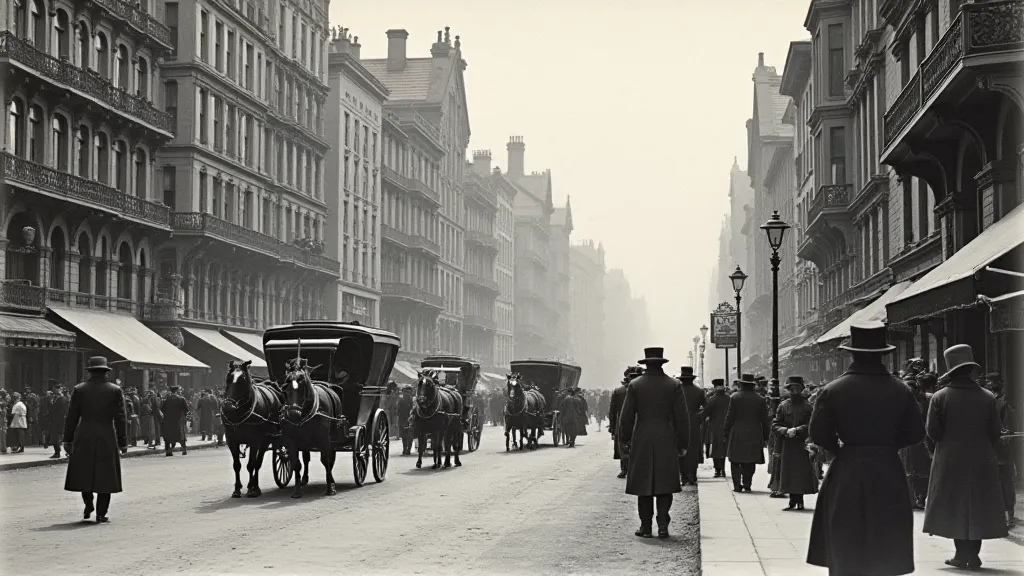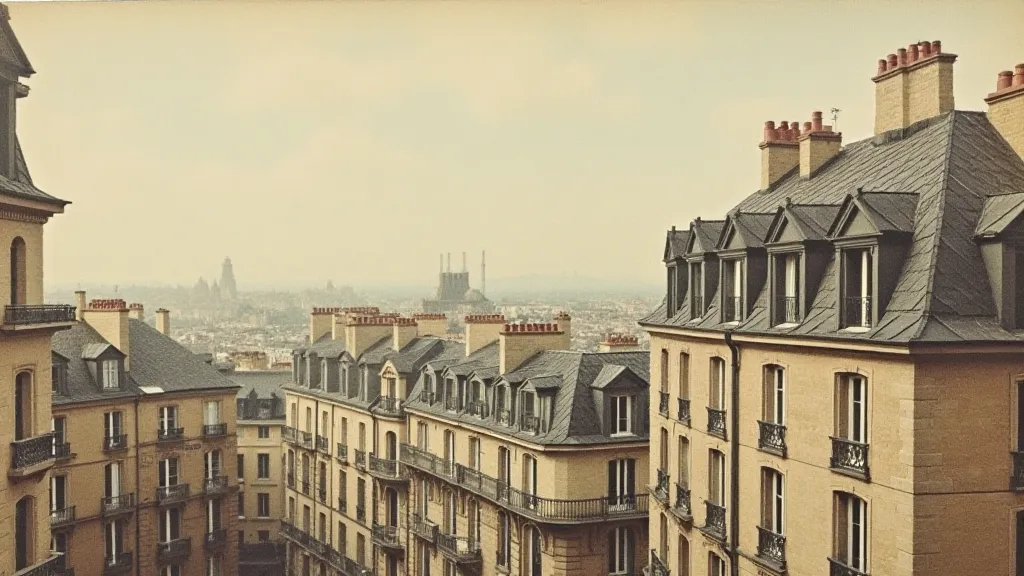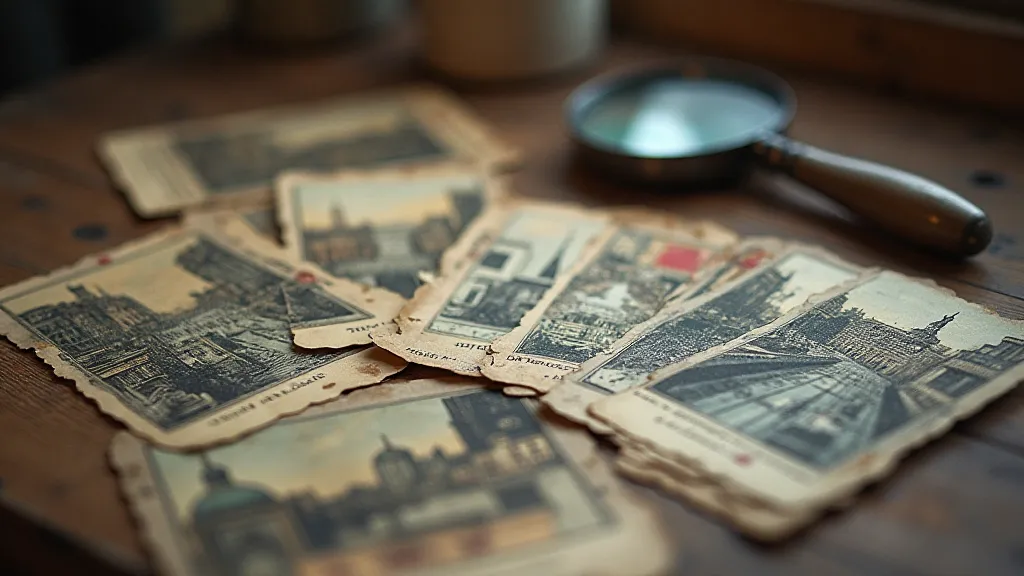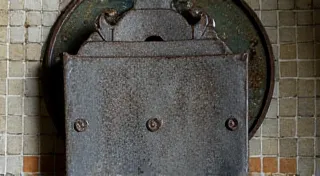The Geographer's Palette: How Postcards Capture Changing Urban Topography
There’s a particular thrill that accompanies the unearthing of an antique postcard. It’s more than just the charm of aged paper and faded ink. It's a connection to a moment, a perspective, a vanished world. And when that postcard depicts a city view, that connection deepens. These aren't just pretty pictures; they're time capsules, revealing the dynamic interplay of nature and human development as urban landscapes transformed over generations. They're a geographer’s palette, showcasing colours of change, progress, and sometimes, loss.
My own journey into postcard collecting began with a single image: a bustling marketplace in 1905 Vienna. My grandmother, a meticulous archivist of family history, passed it down. Looking at it, I wasn’t just seeing buildings; I was sensing the pulse of a lost era – the clatter of horseshoes on cobblestones, the shouts of vendors, the aroma of freshly baked bread. It sparked a fascination that has grown into a lifelong pursuit.
Before the ubiquity of photography and digital imagery, postcards were the primary window into distant cities for many. They offered a tangible link to family and friends, a souvenir from a journey, or simply a glimpse of a place most could only dream of visiting. The early days of postcards, in the late 1800s and early 1900s, coincided with an era of rapid industrialization and urban expansion. Cities were exploding with population, and infrastructure struggled to keep pace. These early cards offer a unique record of that turbulent growth.

The Evolution of Urban Spaces: Seeing the Differences
What truly sets antique city postcards apart is their ability to reveal the dramatic evolution of urban spaces. Consider, for instance, the impact of the automobile. Early postcards often depict cities dominated by horses and carts, with wide, uncrowded streets. As the 20th century progressed, these scenes gradually transformed. The rise of the automobile necessitated wider roads, bridges, and complex traffic management systems. Postcards from the 1930s and 1940s showcase the encroachment of modern transportation upon older urban fabric.
Beyond transportation, postcards document the changing skyline. The construction of skyscrapers became a source of both civic pride and, for some, a symbol of modernity’s impact on traditional cityscapes. Early postcards often portray a low-rise urban environment; later cards show a gradual ascent of towering structures, dramatically altering the perspective and character of the city. The design elements present, too, evolved significantly; understanding the typographical tapestry of early postcards – the fonts, layouts, and overall aesthetic – provides another layer of insight into the era they represent. It’s fascinating to trace the shift from ornate, Victorian-era designs to the cleaner, more streamlined styles that emerged in the mid-20th century.
Even seemingly minor details tell a story. The presence – or absence – of specific businesses, the types of advertisements displayed on buildings, the fashions worn by pedestrians – all provide invaluable insights into the social and economic life of a city at a particular point in time. Observing these details across a series of postcards from different eras is akin to watching a silent film of urban transformation.
Craftsmanship and the Art of the Linen Card
The visual quality of antique city postcards is also worthy of appreciation. The early cards, often printed using lithography, possess a distinctive, slightly grainy appearance. However, the emergence of the linen card in the 1930s represented a significant advancement in printing technology. Linen cards, named for the linen texture used in the printing process, offered a softer, more vibrant image. The characteristic “linen look” gives them a unique charm, and many collectors specifically seek out linen cards depicting their favourite cities.
The artistry wasn’t limited to the printing process. Many postcards featured hand-tinted images, adding a layer of artistic expression to the photograph. While not always perfectly executed, these hand-tinted cards offer a glimpse into the artistic sensibilities of the time and add a unique aesthetic appeal.

Identifying and Valuing Antique City Postcards
For those interested in collecting antique city postcards, identifying and valuing these treasures can be both challenging and rewarding. Several factors influence the value of a postcard, including age, condition, rarity, and subject matter. Postcards depicting iconic landmarks or events often command higher prices. However, determining authenticity isn’t always straightforward; the market has seen its share of reproductions and forgeries. A discerning eye, and a knowledge of the telltale signs, is crucial to avoid misleading purchases – a subject explored in more detail on our guide to beneath the gilding, detailing how to spot forgeries and reproductions.
Identifying the publisher is another crucial aspect of postcard collecting. Early postcard publishers like Rotophoto, Detroit Publishing Company, and Underwood & Underwood are highly sought after by collectors. The publisher’s mark, usually printed on the reverse of the postcard, provides valuable information about its origin and age.
Condition plays a vital role in determining value. Postcards in excellent condition, with bright colours, sharp images, and minimal wear, are generally worth more than those that are faded, torn, or creased. Postcards with postal markings – stamps, postmarks, and recipient addresses – can also add to their charm and value, providing a tangible link to the past.
The Silent Narratives and the Preservation of Memory
Ultimately, collecting antique city postcards is more than just acquiring pretty pictures. It’s an act of preservation – a way of safeguarding the memories of a bygone era. These postcards are silent narratives, offering glimpses into the lives of those who came before us and the cities they called home.
The ephemeral nature of these printed treasures emphasizes their importance. They are a fragile record of urban evolution, a testament to the dynamism of human endeavour. Building and maintaining a collection, however, presents its own set of challenges. From proper storage to cataloging and preservation, the dedicated postcard collector faces a curator’s dilemma. Those seeking strategies for managing a growing collection might find our guide to the curator's dilemma particularly helpful.

The subtle shifts in color and tone across decades of postcard imagery can be mesmerizing, but also complex to interpret. The effects of time and fading pigments alter the appearance of these historical snapshots. Investigating these “chromatic ghosts” - the reasons behind the fading colors and altered hues of antique cityscapes – provides valuable insight into the materials and printing techniques of the era. It also adds a fascinating layer of complexity to the process of understanding the past as presented in these visual records.
The next time you stumble upon an antique postcard depicting a city view, take a moment to appreciate its significance. Look beyond the image and consider the story it tells – the story of a city in transition, a moment in time captured forever on a small piece of paper. You're not just holding a postcard; you're holding a piece of history. The materials used in printing, the distribution networks, the cultural context – each element contributes to the overall story that a single postcard can tell.





